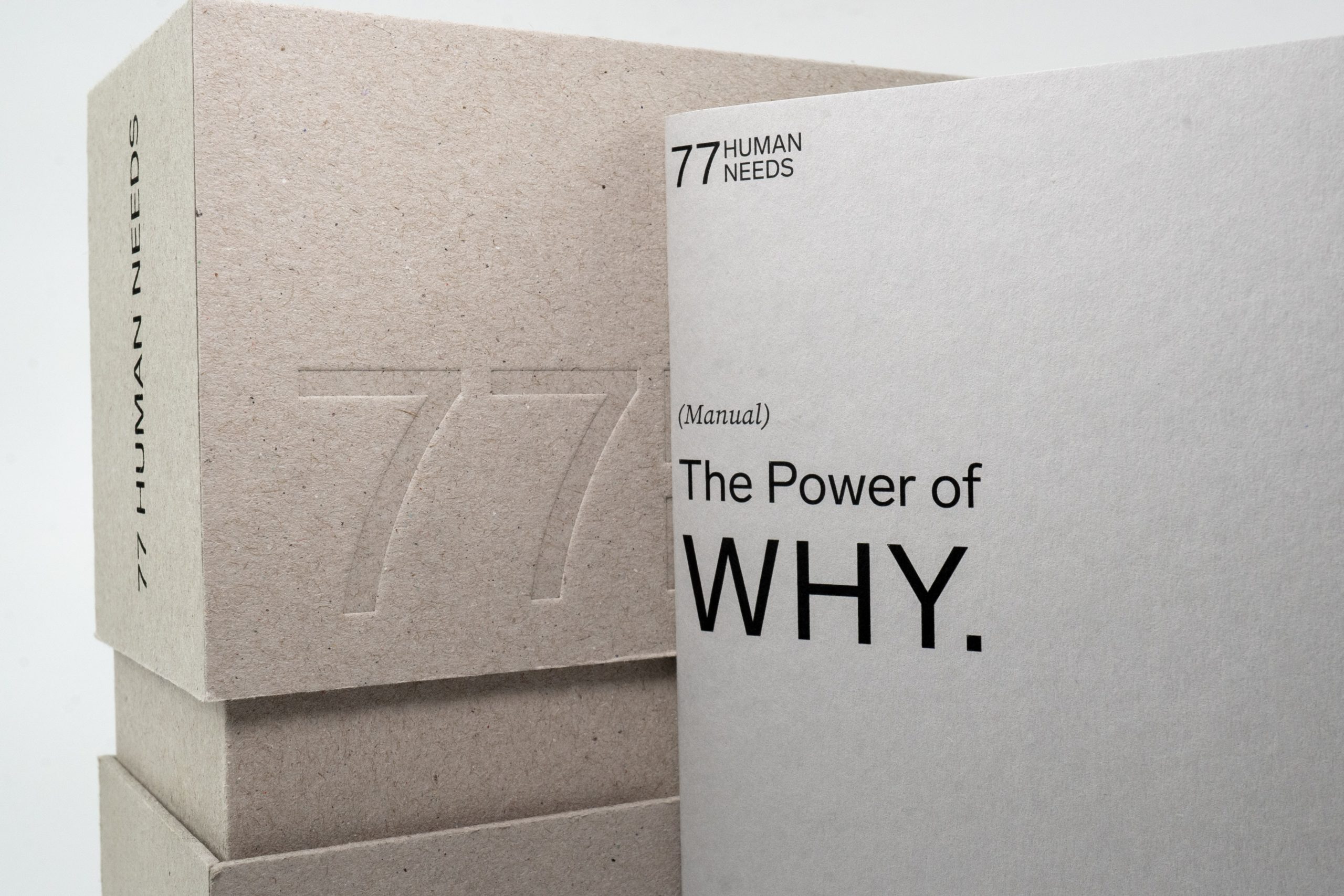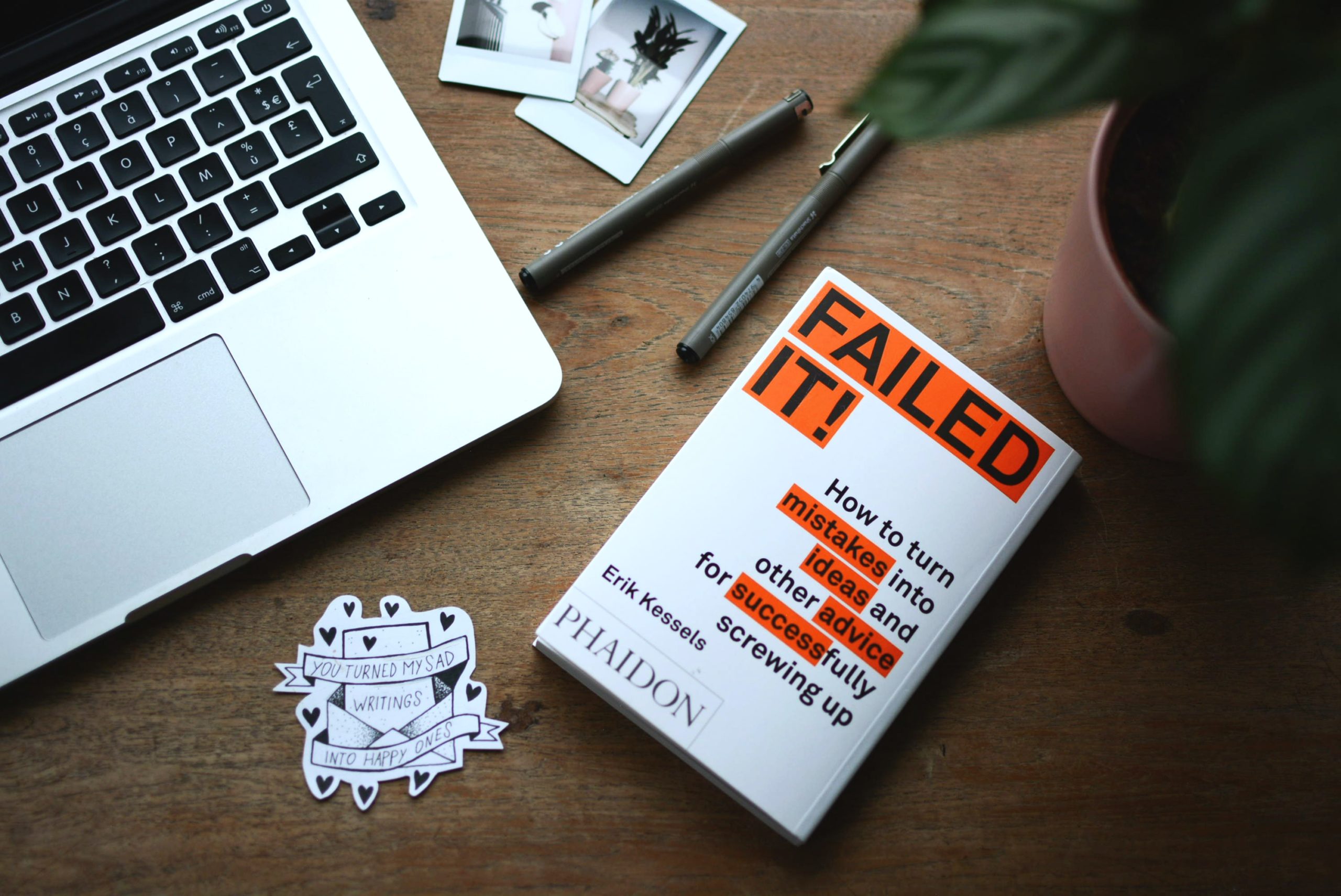
Turning Your Manuscript into a Book

It’s done. You’ve finished the last edit, and your book is now ready for publication.
Except that it isn’t. Whether for ebook or print publication, your manuscript needs to go through some significant computerized transformation.
A number of methods are available to engineer this transformation, too many for this blog post. I will cover five methods, two of which are best for those who intend one or possibly a few books, and two for the person who feels they have loads of books waiting to be written (or who have interest in doing a side business in book design).
The final method is an in-between one.
The One-shot Deal
You can hire a professional book designer who will do both your print edition and ebook layouts. Some designers charge thousands of dollars, and that price is based on a highly complex layout that may have charts, illustrations, and a quantity of other design elements.
If your book has a simpler design, you can go to Fivrr, Upwork, or a similar business, and see the available price ranges.
No matter who you hire, do vet the interior designer. You can judge a book by its interior.
Another approach is to upload a Word document to Kindle Direct Publishing or the appropriately named “Meatgrinder” at Smashwords. Then pray.
I’ve had success at Smashwords, but they have a rulebook for manuscript preparation that will terrify some people. You have been warned.
The Long Haul
Just the word, “Calibre,” will frighten some people almost as much as the Meatgrinder does. It’s a very powerful ebook software program, but many people feel that it’s meant for programmers, not authors. I managed with Meatgrinder, but Calibre mystified me.
Another method is to learn, and I do mean learn, to lay out your book in Adobe InDesign. This desktop publishing app will give you fine-tuned control over your book design. However, you have to invest lots of time and a monthly subscription in a product you might not often use. This is why it’s a long-term investment.
InDesign has a steep learning curve. I found it difficult to use because It Is not Intuitive. A function called one thing In a Microsoft product is called something entirely different in an Adobe product. I do not recommend attempting to learn it unless its use will be a regular part of your job or business.
Vellum
With Vellum, you can format both a print and an ebook version of your manuscript. The cost for this is $249.99. An ebook-only version is $199.99.
That may sound like a lot, but you’re unlikely to pay less to have a book designer format your book. If you have two or three books on your to-do list, you will save. If time to you is money, you’ll save that way, too.
Full disclosure: I have not used Vellum, but I’ve consulted with those who have, and they say that the program is easy to learn and use and that it turns out a nice product.
Caveat: Vellum is for Macs, and the developers of the program have no plans for a PC version. However, a workaround exists. You can buy time on a virtual Mac at a rate of $30 for 30 hours. Even if you add that amount to the purchase price of Vellum, you’re still saving money over hiring a professional.
This link goes further into the use of Vellum by PC owners. https://paulteague.com/how-to-use-vellum-on-a-pc/
Some other pluses of Vellum include the ability to assemble boxed sets of a series, produce advance copies for early feedback, format ebooks for Kindle, Kobo, Apple Books, and other retail platforms, and a lot more, including a wide choice of book styles.
I consider it worth visiting the Vellum site to read more about its feature. Go to https://vellum.pub.
C Suite executives hire Pat Iyer to help them turn out professionally written and edited books. Contact her through her website at PatIyer.com
Pat built a service business assisting attorneys with cases involving medical issues. After growing that business to a multi-million dollar one, after 25 years, she sold it in 2015 and now devotes her time to mentoring, writing and editing. Get tips for polishing your writing style and gaining business through the material you write: Listen to Writing to Get Business Podcast on the C Suite Radio platform.
Reach her through Patiyer.com|Do you have an amazing business success you want to share? Pat Iyer has worked with experts helping them share their knowledge since she first began writing and editing books in 1985. Pat Iyer has written or edited over 800 chapters, books, case studies, articles or online courses. She delights in assisting people to share their expertise by writing a book. Pat serves as a developmental editor and ghostwriter.
Pat built a service business assisting attorneys with cases involving medical issues. After growing that business to a multi-million dollar one, after 25 years, she sold it in 2015 and now devotes her time to mentoring, writing and editing. Get tips for polishing your writing style and gaining business through the material you write: Listen to Writing to Get Business Podcast on the C Suite Radio platform.
Reach her through Patiyer.com|Do you have an amazing business success you want to share? Pat Iyer has worked with experts helping them share their knowledge since she first began writing and editing books in 1985. Pat Iyer has written or edited over 800 chapters, books, case studies, articles or online courses. She delights in assisting people to share their expertise by writing a book. Pat serves as a developmental editor and ghostwriter.
Pat built a service business assisting attorneys with cases involving medical issues. After growing that business to a multi-million dollar one, after 25 years, she sold it in 2015 and now devotes her time to mentoring, writing and editing. Get tips for polishing your writing style and gaining business through the material you write: Listen to Writing to Get Business Podcast on the C Suite Radio platform.
Reach her through Patiyer.com
- Getting to Know Your Ideal Reader - July 19, 2021
- Why You Should Write a Book Proposal—Even If You Plan to Self-Publish - July 19, 2021
- Know When To Stop - April 19, 2021






